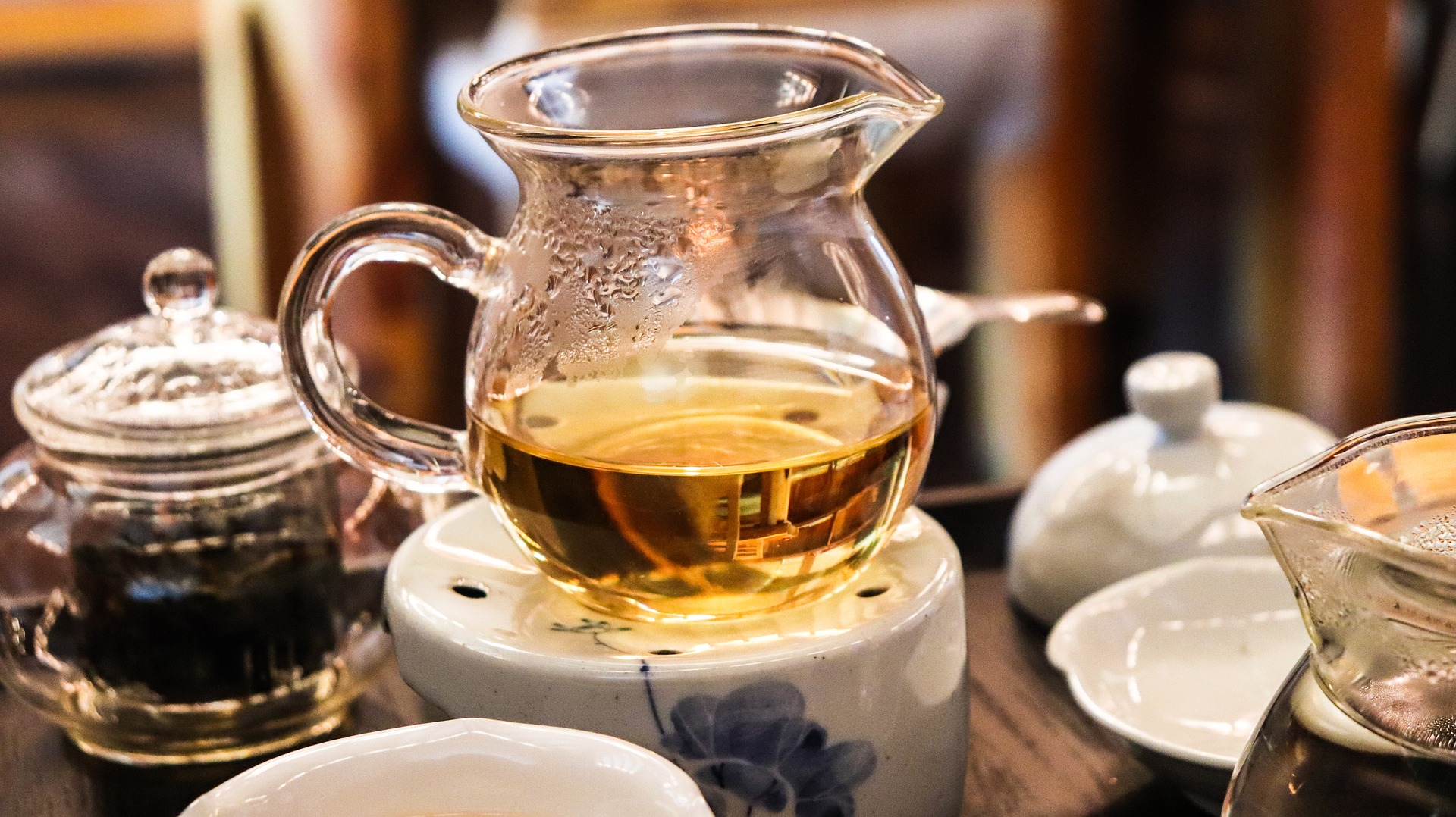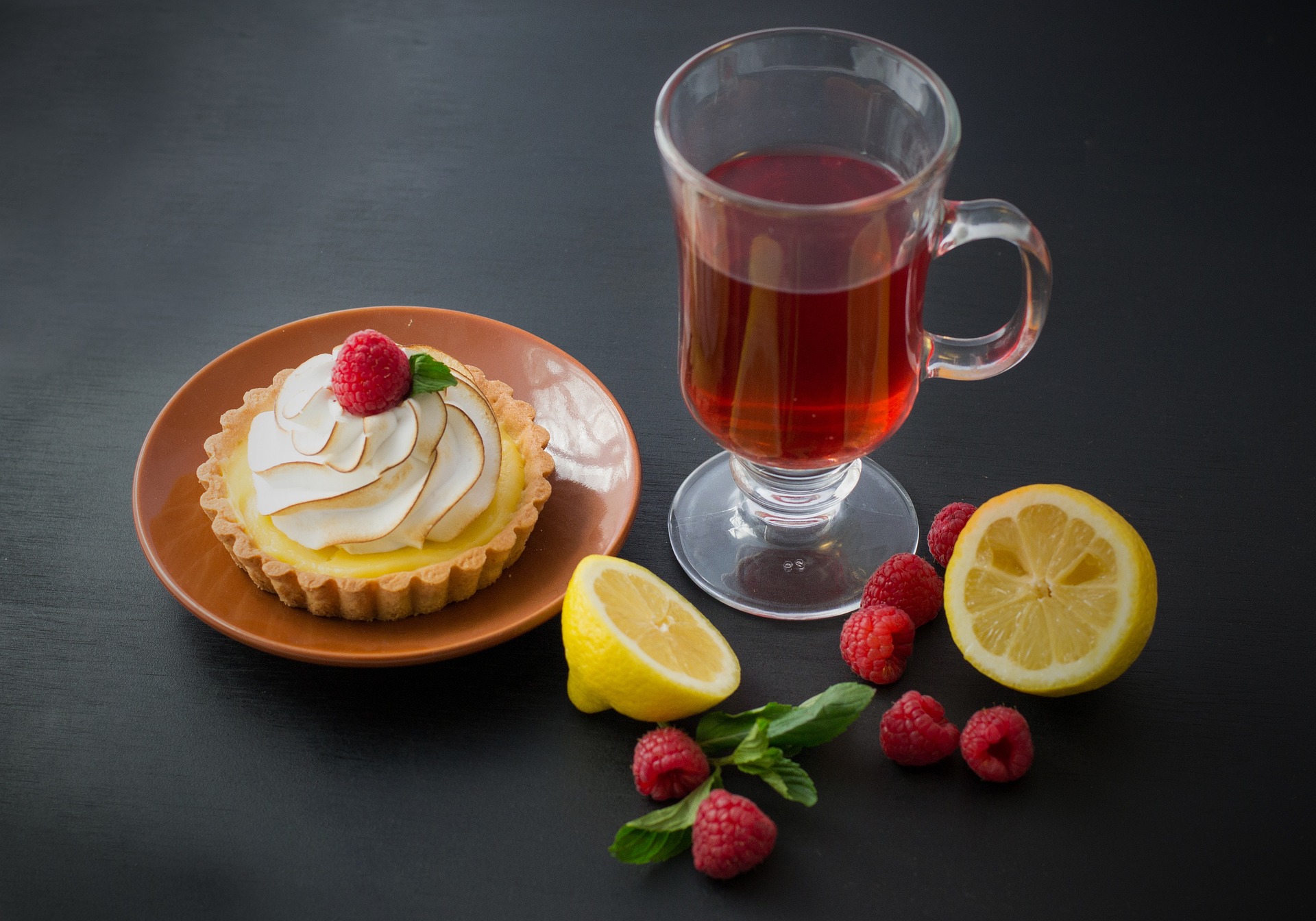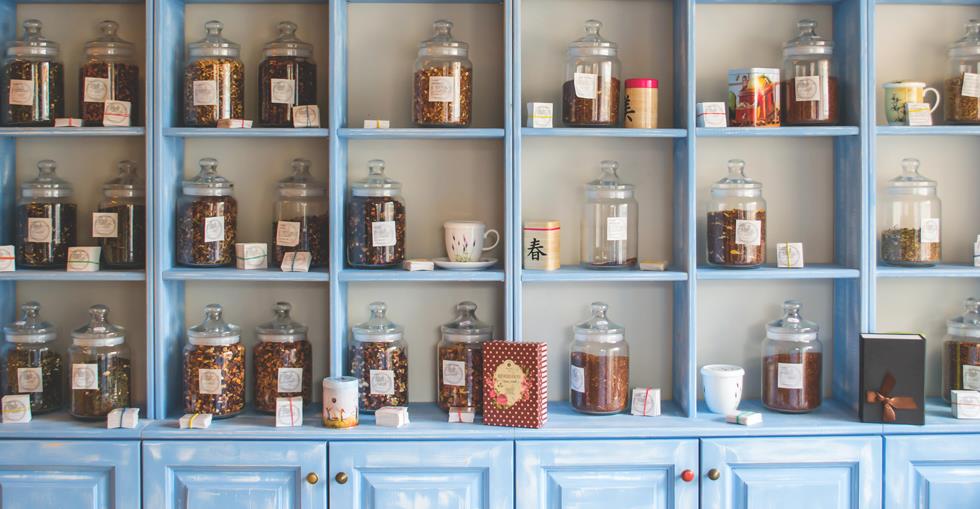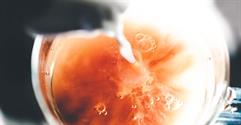The tea market in Canada generated approximately $1.33 billion in revenue in 2021, and this has grown to $1.57 billion in 2023. It's fair to say that Canadians drink a lot of tea.
Afternoon tea has evolved from traditional to trendy as more and more tea shops are experimenting with alternative flavours, home-grown blends, anti-oxidant teas, and offering a relaxing, calm space to escape to.
If your thinking of buying a tea room in Canada, or you already own one, this article will offer some helpful tips on how to run your tea room successfully!
Cultivate a calm and inviting atmosphere
There is a sense of occasion around ‘taking tea’. This is not a bleary-eyed morning brew, nor is it a hastily bought hit of caffeine in a paper cup, favoured by rushing commuters or shoppers.
No, the clientele of a tea room establishment, the sole purpose of which is to serve tea, will expect attentive service, decent china, well-made cakes and, most importantly, time to decompress.

Know your meals
Your customers may expect a cream tea, afternoon tea or royal tea. Familiarising yourself with a range of experiences will help curate your menu and decide on different suppliers.
A cream tea is a simple affair, consisting of a pot of tea, served with scones,
Afternoon tea usually incorporates sandwiches, scones, a selection of cakes, often displayed on a delicate cake-stand and carefully infused tea.
Royal tea is, essentially, afternoon tea with a glass of champagne on the side – for that extra special occasion.
Become a tea blend expert
From smoky Lapsangs to delicate floral infusions, the more unconventional teas are becoming favoured above the traditional. There are now over a thousand unique blends of tea from all over the globe so you will have to choose a selection to serve in your tea room.
The myriad options fall under the categories of black, blended, green, herbal, Oolong, post-fermented, white and yellow tea.
Many world class tea-rooms have dozens of blends on their menus to cater to the connoisseur or the adventurous.
Learn the rules of service
Many like their everyday tea poured from a pot, and some just
And as a general rule, an infusion time of three to six minutes, depending on tastes, is recommended. You can serve a slice of lemon for a more refreshing taste.
Some prefer milk in first as they claim this allows the liquids to blend properly (though the practice originates from the well-to-do not wanting the boiling water to crack their fine china), and some would rather the milk after so they can achieve the perfect strength.
Get the right equipment
Your customers will appreciate a stylish teapot, rather than a bog-standard stainless steel pot, and it
would be useful to have them with integrated infusers.
It’s considered proper for your crockery to match (at least on the same table), unless the aesthetic of your tea room is mix-and-match.
Napkins are a must, as are cake-stands and of course, an urn.

Create a distinctive customer experience
A distinctive style is a must for any small business, not least a modern tea room.
Think about what you want your brand to represent; a luxury experience with a seasonal menu, a quiet, quaint space that is reasonably priced, a modernised version of tea rooms that offers remote working facilities. Spend some time conducting research and generate a vision that can be turned into a reality.

